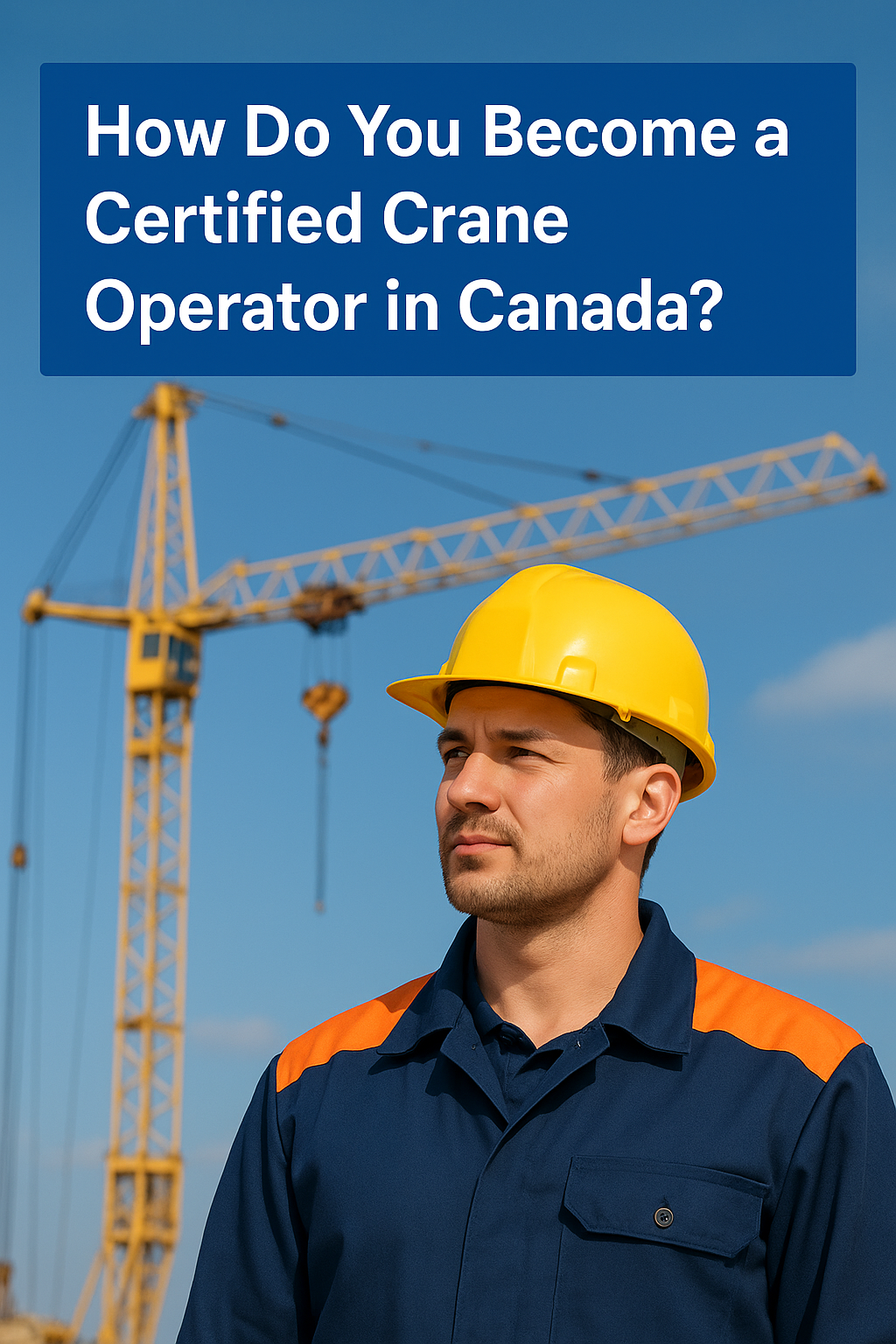The Dirt Desk - Q&A
How to Become a Certified Crane Operator in Canada
Thinking about becoming a crane operator in Canada? Great choice. It’s a high-demand trade with strong wages, plenty of opportunities across industries, and the kind of work that requires skill, precision, and responsibility.
But before you step into the cab, you’ll need to be certified — and the process varies slightly depending on where you are in the country.
Here’s a breakdown of how to get certified, what training you need, and where to start.
Step 1: Understand the Job and Its Requirements
Crane operators work in construction, mining, ports, energy, and more. Depending on the type of crane (mobile, tower, boom truck, etc.), the responsibilities can include:
• Lifting and moving heavy loads
• Rigging equipment
• Following lift plans and load charts
• Working safely around crews and structures
It’s a physically and mentally demanding job — and for good reason: lives and millions of dollars in equipment are often on the line.
Step 2: Complete Required Training
To become a crane operator, you typically need:
• Formal training (at an accredited crane operator school)
• On-the-job experience
• Apprenticeship or documented hours
• Certification exam (theory and practical)
Training covers:
• Load calculations and charts
• Rigging fundamentals
• Equipment maintenance
• Safety protocols (CSA standards, provincial regulations)
Note: Most training programs are 6–12 weeks long, depending on the crane class and school.
Step 3: Get Certified — Province by Province
In Canada, crane operator certification is regulated provincially. Here's what that looks like in some major regions:
British Columbia
• Governed by BC Association for Crane Safety (BCACS)
• Training + hours + Fulford certification exam
• Endorsement for specific crane classes (A, B, C)
Alberta
• Managed by Alberta Apprenticeship and Industry Training (AIT)
• Formal apprenticeship (3-year program)
• Trade certification required (Red Seal optional but recommended)
Ontario
• Regulated by the Ontario College of Trades and Ministry of Labour
• Training at a recognized institution
• Pass Hoisting Engineer certification exams
Quebec
• Certification from Commission de la construction du Québec (CCQ)
• Must complete vocational training and apprentice hours
• Trade exam required
Red Seal Certification (Interprovincial)
• Optional, but highly valuable
• Lets you work across provinces
• Requires passing the Red Seal Exam after provincial certification
Step 4: Gain Experience and Keep Your Certification Active
After certification, operators must:
• Keep up with recertification requirements
• Stay current with equipment and safety regulations
• Maintain a strong safety record (a must in this industry)
Some provinces also require continuing education or regular re-evaluation, especially when moving between crane classes.
Is It Worth It?
Becoming a certified crane operator in Canada takes time, training, and commitment — but it pays off. The demand for skilled operators is strong coast to coast, especially in construction, oil & gas, ports, and infrastructure projects.
Plus, it's a career with great earning potential, room to grow into supervisory roles, and a real sense of pride every time you lift something others can't.
Thinking of getting into the trade?
Talk to your local training providers, unions, or employment centers — and check with your provincial authority for the most up-to-date certification path.

